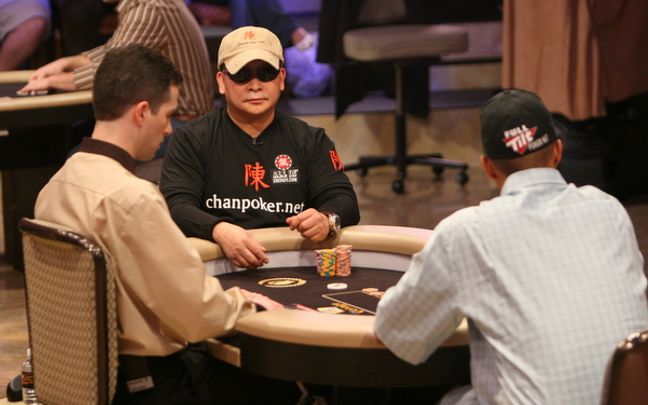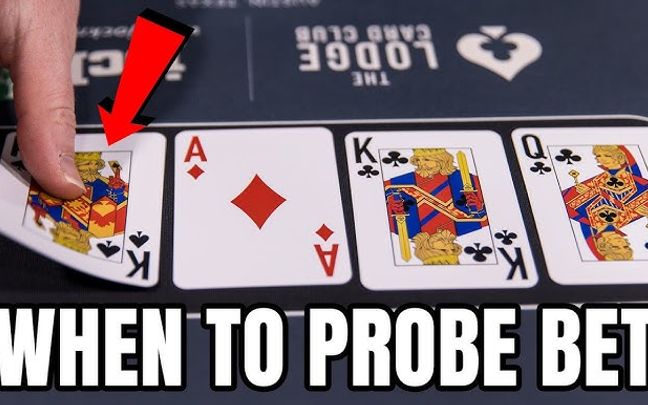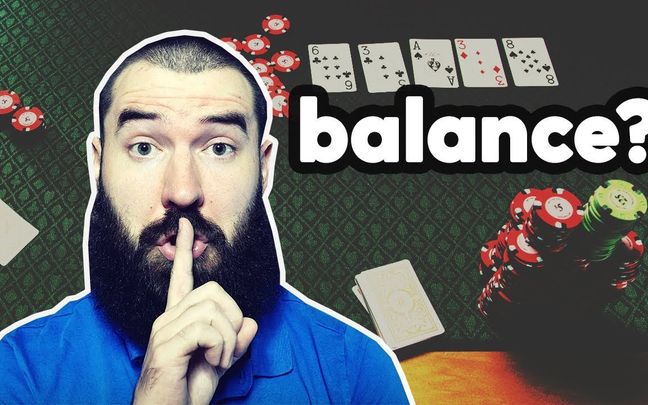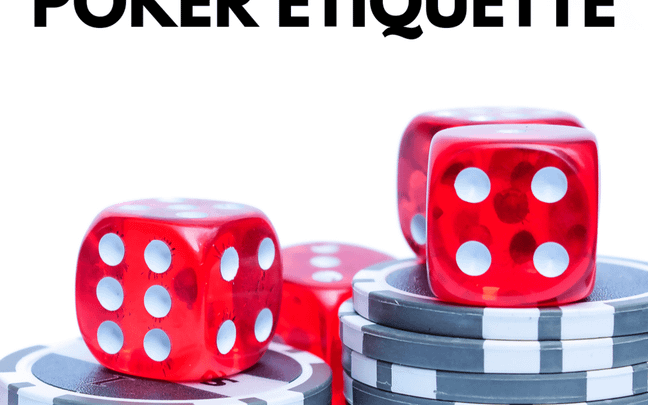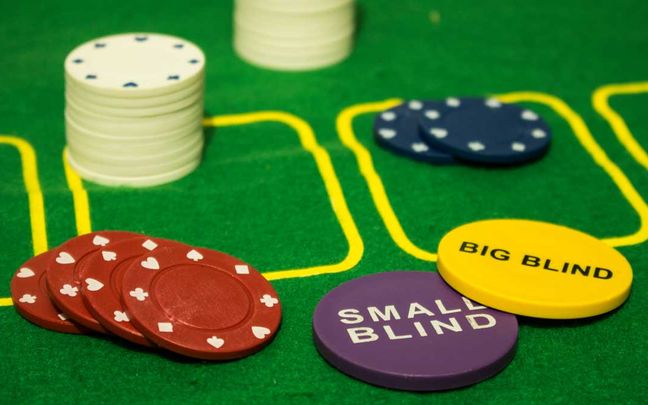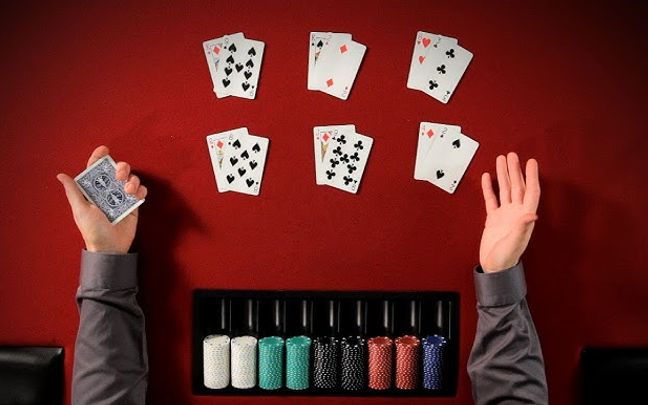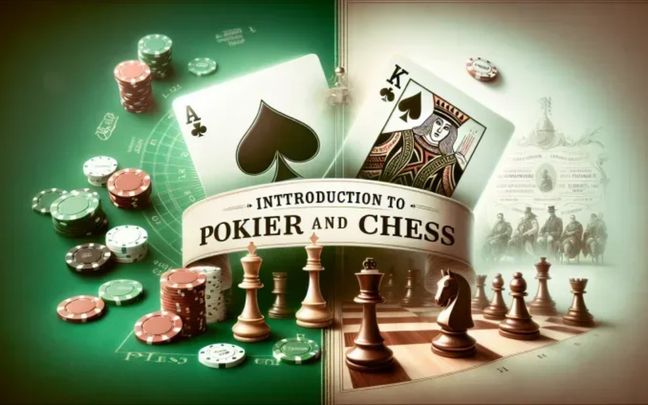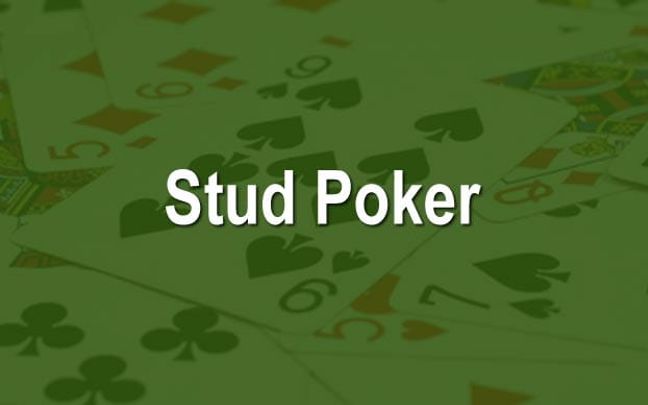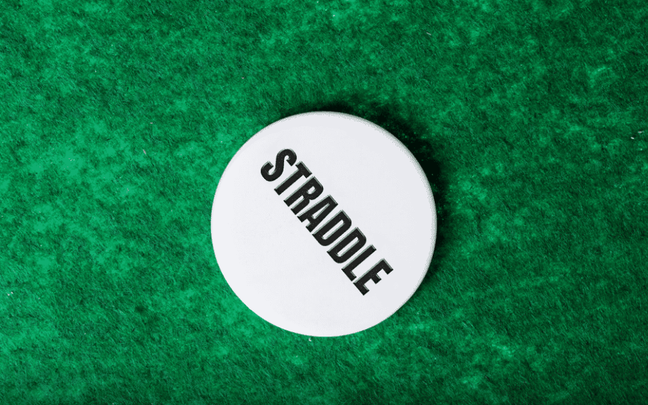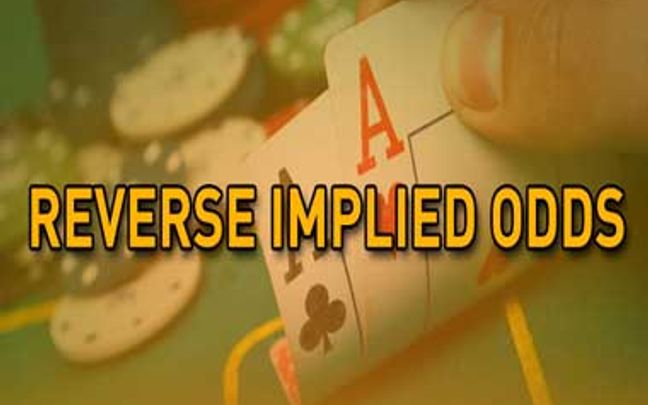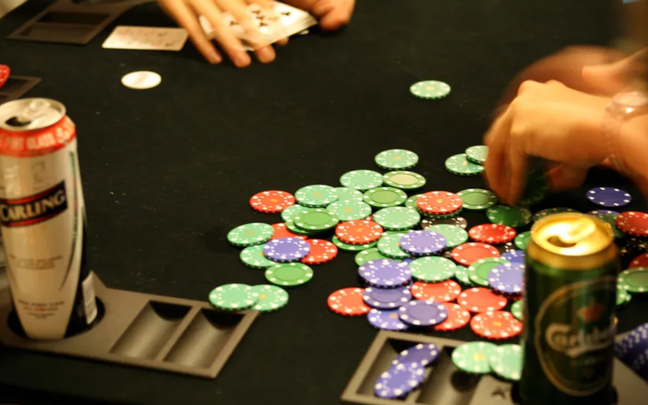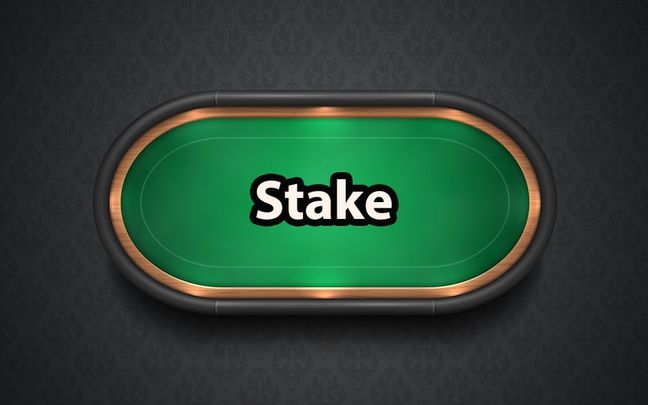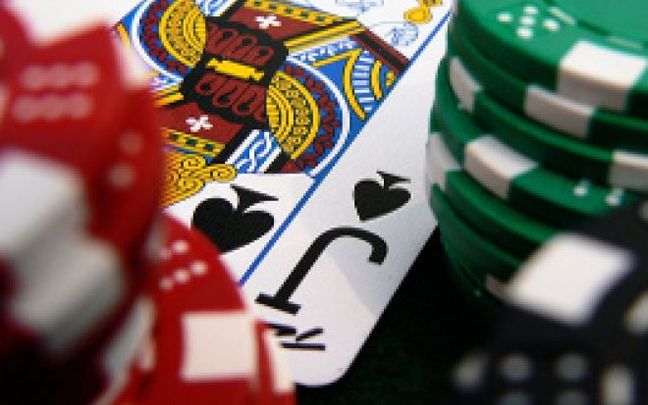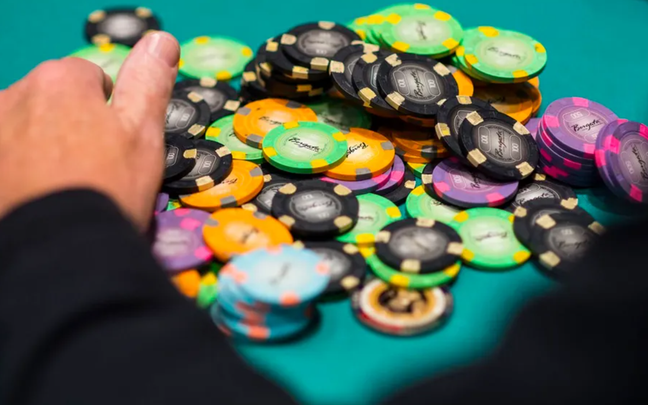In the dynamic and strategic world of poker, the "check-raise" emerges as one of the most sophisticated and powerful moves you can employ. Unlike simpler actions like betting or folding, the check-raise requires finesse and excellent situational reading. It is not only a tool to increase value from a strong hand but also a formidable weapon to deceive and put pressure on opponents.
Understanding and correctly applying the check-raise strategy can turn a game from disadvantageous to victorious, helping you seize opportunities and control the table. This article will explore the check-raise in detail, from its basic concept to effective usage, to help you enhance your skills and strategy in every poker hand.
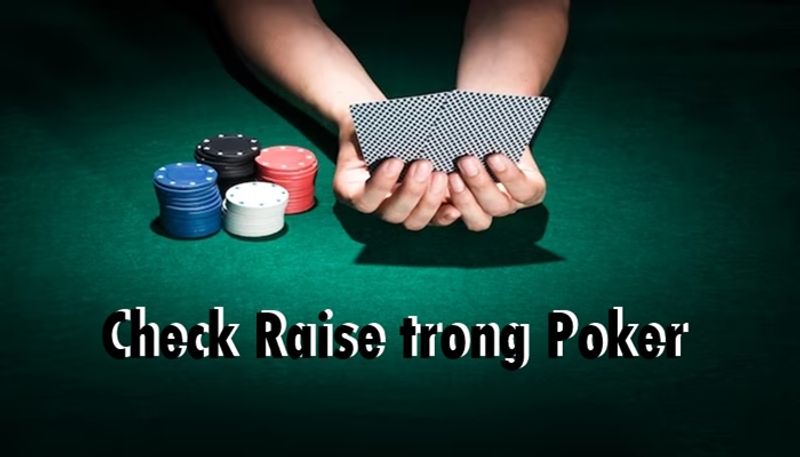
Check-Raise in Poker: What Is It?
In poker, "check-raise" is a sophisticated and powerful strategy that requires skill and sharp situational awareness. This strategy involves three main steps:
Step 1 - Check
The first player in the betting round decides not to bet further but instead checks. This action may indicate weakness or subtly suggest that the player is waiting to see the opponent's actions before deciding.
Step 2 - Bet
Another player in the same betting round then decides to place a bet. They might believe that the first player doesn't have a strong hand based on their checking action.
Step 3 - Raise
After the opponent has placed their bet, the first player then returns and raises to a higher amount. This action demonstrates strength and confidence, forcing the opponent to face a difficult decision: fold, call the raise, or even re-raise.
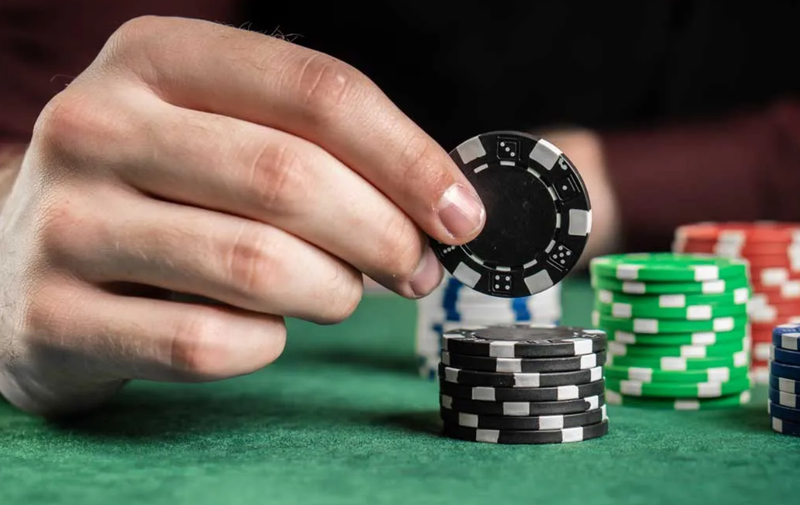
Objectives of Check-Raise in Poker
Check-raise in poker can be used for various purposes.
Maximize Value
When you have a very strong hand, check-raising helps you build a larger pot by enticing opponents to put more money into the pot before facing a higher bet.
Bluffing
You can use check-raise as a bluffing strategy to deceive opponents into thinking you have a stronger hand than you actually do. This can compel opponents to fold when they have a weak or average hand.
Pot Control
Check-raise can also be used to control the size of the pot and establish dominance in the betting round. By showing assertiveness and determination, you can prevent opponents from betting further in subsequent rounds.
Check-raise is a versatile tactic in poker, allowing you to manipulate the flow of the game and capitalize on both strong hands and strategic opportunities. Mastering this strategy requires understanding when and how to deploy it effectively to maximize its benefits in various game situations.

Benefits and Risks of Check-Raise
Benefits
-
Pressure on Opponents: Check-raise forces opponents to confront a difficult decision, especially when they are uncertain about the strength of their hand.
-
Increase Pot Size: When holding a strong hand, check-raise helps extract more value from opponents by enticing them to put more chips into the pot.
-
Create Surprise Factor: Check-raise is an unpredictable move that keeps opponents confused and more likely to make mistakes.
Risks
-
Backfire if Called or Re-Raised: If opponents call or, worse, re-raise your check-raise, you must be prepared to handle this situation. If you were bluffing, you may end up investing more chips into the pot without a strong hand.
-
Loss of Information: Checking initially may cause you to miss important information about your opponents' hands, as there is no betting action to evaluate.
Check-raise is a crucial tool in the strategic arsenal of professional poker players. Using it effectively requires a deep understanding of the situation, opponents, and the ability to read hands accurately.

Effectively Using Check-Raise in Poker
To utilize check-raise effectively in poker, you need a clear understanding of the situation, your opponents, and your strategy. Here are some tips and tactics to help you optimize check-raise.
Understanding the Situation
-
Position: Check-raise is most effective when you are in early or middle position during the betting round, where you can check first and then raise after an opponent bets.
-
Table Dynamics: Check-raise tends to be stronger on tables with more players, as there is a higher likelihood that someone will bet after you.
Assess Your Hand
-
Strong Hands: Use check-raise when you have a very strong hand such as a set, straight, or flush. This maximizes the value you can extract from opponents.
-
Bluffing: Check-raise can also be used as a bluffing tactic when you have a weak hand or are in a position to predict that opponents may fold.
Reading Hands and Evaluating Opponents
-
Opponents' Playing Style: Understanding your opponents' playing styles is crucial. Check-raise is more effective against aggressive players and less effective against tight players.
-
Opponents' Reactions: Observe how opponents react to your previous actions. If they frequently fold when facing a raise, check-raise can be a good strategy.
Choosing the Right Timing
-
Flop: Check-raising on the flop can apply significant pressure on opponents, forcing them to make tough decisions early on.
-
Turn: Check-raising on the turn is often stronger because the pot is larger and opponents have more information about your hand.
-
River: Use check-raise on the river mainly when you are confident you have the best hand, as this is the last chance to extract value from opponents.
Consider Pot Size
-
Small Pot: Check-raise may be less effective when the pot is small, as opponents may easily call with any hand.
-
Large Pot: In a large pot, check-raise can exert significant pressure on opponents and force them into tougher decisions.
Careful Calculation
-
Pot Odds: Understand pot odds to decide whether check-raise is a reasonable move.
-
Set Goals: Before check-raising, determine your objectives—maximize value from a strong hand, force opponents to fold, or control the pot size.
Practice and Adjust Strategy
-
Practice: Use check-raise in practice matches to understand its mechanics and effectiveness.
-
Adjust Strategy: Depending on opponents' reactions and specific circumstances, adjust your check-raise strategy to optimize its effectiveness.
Effectively using check-raise requires careful consideration and sharp situational awareness.

Specific Strategies for Using Check-Raise in Poker
When Holding a Strong Hand
-
Flop with a Set: When you have a set (three of a kind with a pocket pair) on the flop, check-raise to build a larger pot. This is particularly effective if the flop contains high cards that opponents might have paired or have an overpair.
-
Straight or Flush: If you have a straight or flush on the flop or turn, use check-raise to maximize value from strong hands that opponents may have.
When Bluffing
-
Dry Board: On a board with few opportunities for straight or flush draws (dry board), you can check-raise as a bluff, making opponents believe you have a stronger hand than you actually do.
-
Against Aggressive Opponents: If your opponent frequently bets, check-raising as a bluff can make them fold because they may not want to risk calling with a mediocre hand.
Adjusting to Opponents
-
Tight Opponents: With tight opponents who play conservatively, check-raise can force them to fold unless they have a very strong hand.
-
Loose Opponents: With loose opponents who call frequently, be more cautious with check-raise bluffs. It's best to check-raise when you have a strong hand in this case.
Incorporating Check-Raise into Overall Strategy
-
Avoid Overuse: Do not use check-raise too frequently, as opponents can easily catch on and adjust their strategies accordingly.
-
Combine with Other Strategies: Use check-raise as part of a diverse strategy, combining it with actions like continuation betting (c-bet) or slow playing to keep opponents guessing.
Learning from Practical Experience
-
Match Analysis: After each game, analyze situations where you used check-raise to evaluate its effectiveness and learn from it.
-
Learn from Experts: Watch videos or read analyses by professional poker players to better understand how they use check-raise in specific situations.
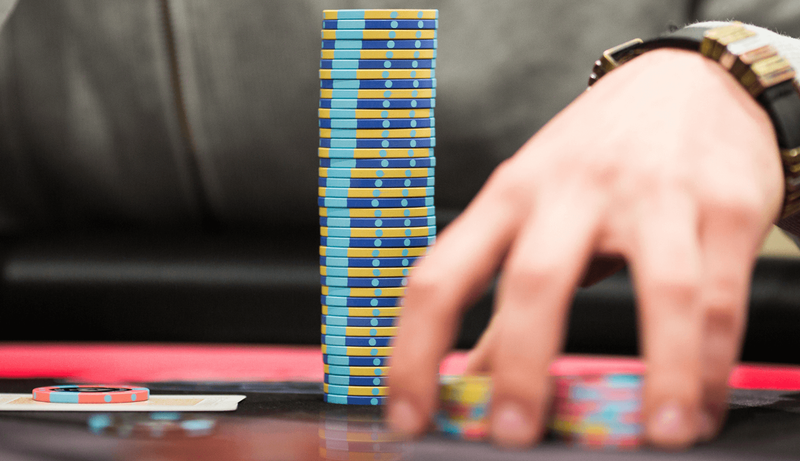
Check-raise is a powerful tool in poker, but using it effectively requires understanding the situation, your opponents, and your overall strategy. These suggestions aim to help you improve your skills and optimize your poker gameplay.

